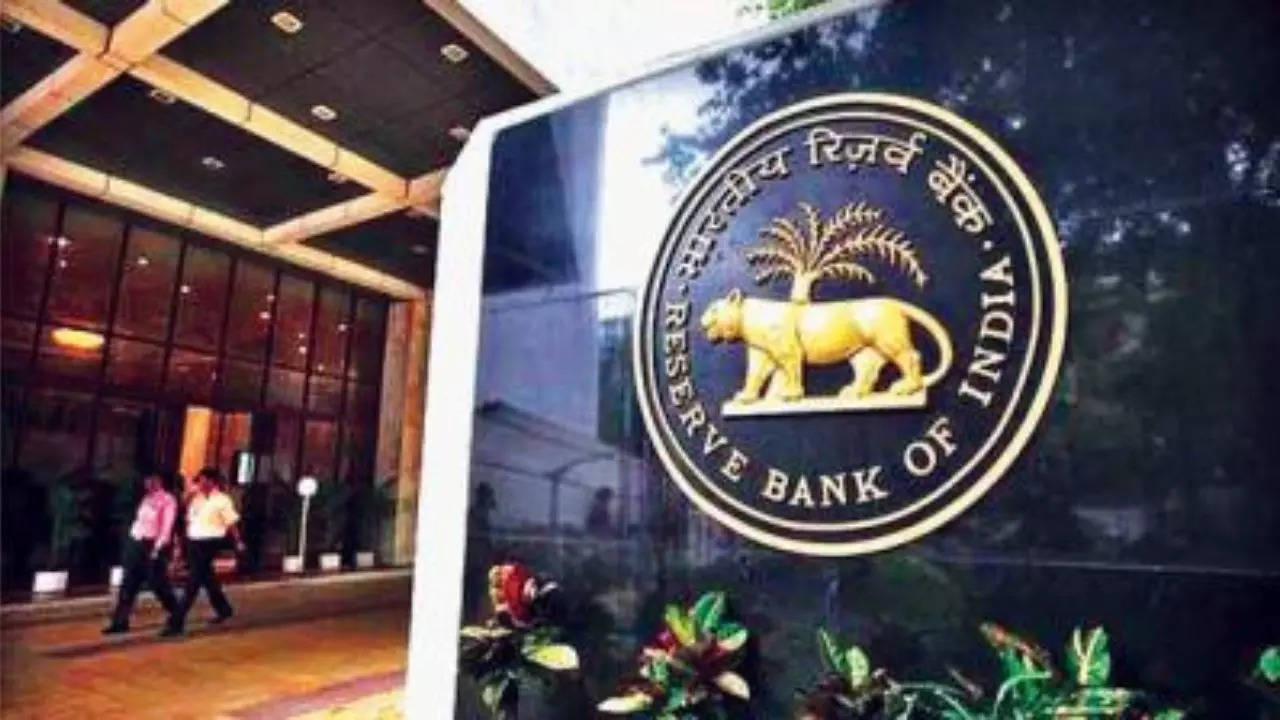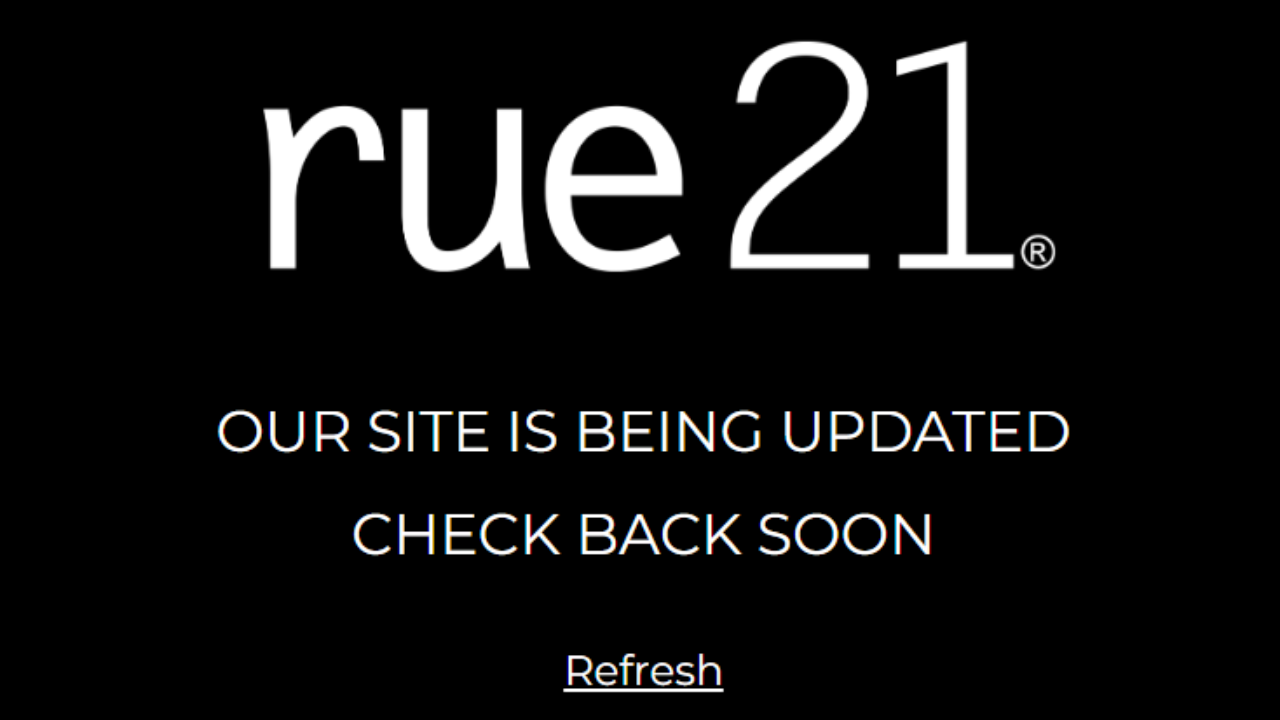

FirstCry To Withdraw IPO Papers: Report (Image Source: Today Technology Market ResearchDigital)
As SEBI raised concerns regarding some important business metrics disclosed by the company, FirstCry, a popular Indian retailer that deals in baby products, like clothes, diapers, and toys, is halting its plans for an IPO worth up to $500 million.
SEBI Concerns With FirstCry’s IPO
SEBI has flagged issues with FirstCry’s IPO papers. The authority body’s concern is about whether the company has fully complied with Indian regulations or not. These regulations require IPO-bound companies to share all significant business metrics provided to potential investors over the past three years.
Why FirstCry Halts Its IPO?As SEBI flagges issues and FirstCry’s failure to meet this requirement, the regulatory body has asked for revisions before proceeding with the IPO.
FirstCry’s IPO Worth
FirstCry, backed by investors like SoftBank, TPG, Mahindra and Mahindra, had originally filed for an IPO worth $215 million through the issuance of new shares.
FirstCry’s Fund Raise
Additionally, it aimed to raise an extra $300 million by selling existing shares. However, SEBI’s recent intervention has forced the company to reconsider its timeline.
Is There Impact On FirstCry After SEBI Concerns?
As a result of SEBI’s concerns, FirstCry will withdraw its IPO papers, make necessary changes, and resubmit them for approval. This delay in the IPO process may affect the company’s strategic plans and future growth trajectory.
What Are SEBI Regulations For Companies Planning To Go Public?
SEBI implemented stricter rules in 2022 to enhance oversight of companies wanting to go public. These regulations aim to address criticism regarding the valuation of large loss-making companies with limited regulatory scrutiny.
FirstCry’s Quarter Results
According to the draft papers filed by the company, FirstCry reported an increase in total income but also a rise in losses for the fiscal year ending March 31, 2023.
(With Reuters Input)




























